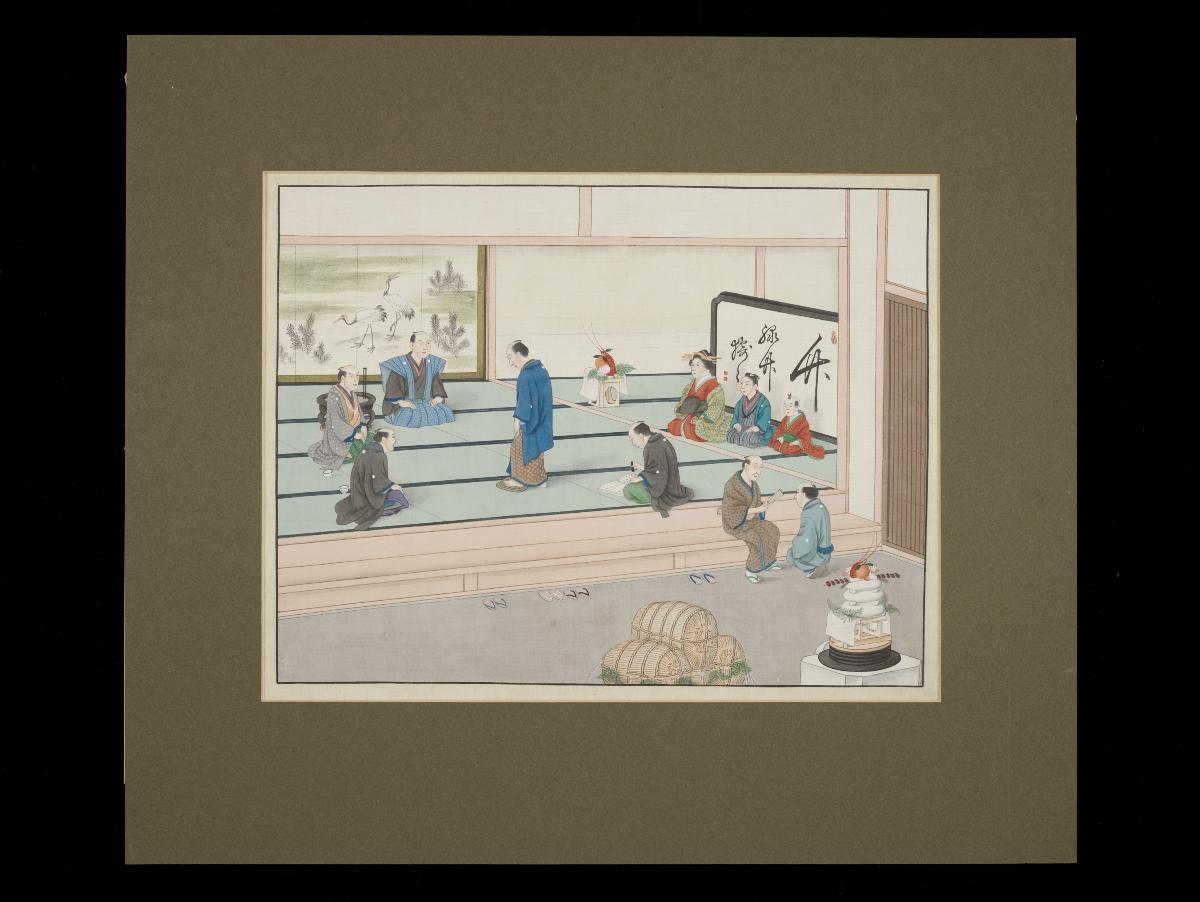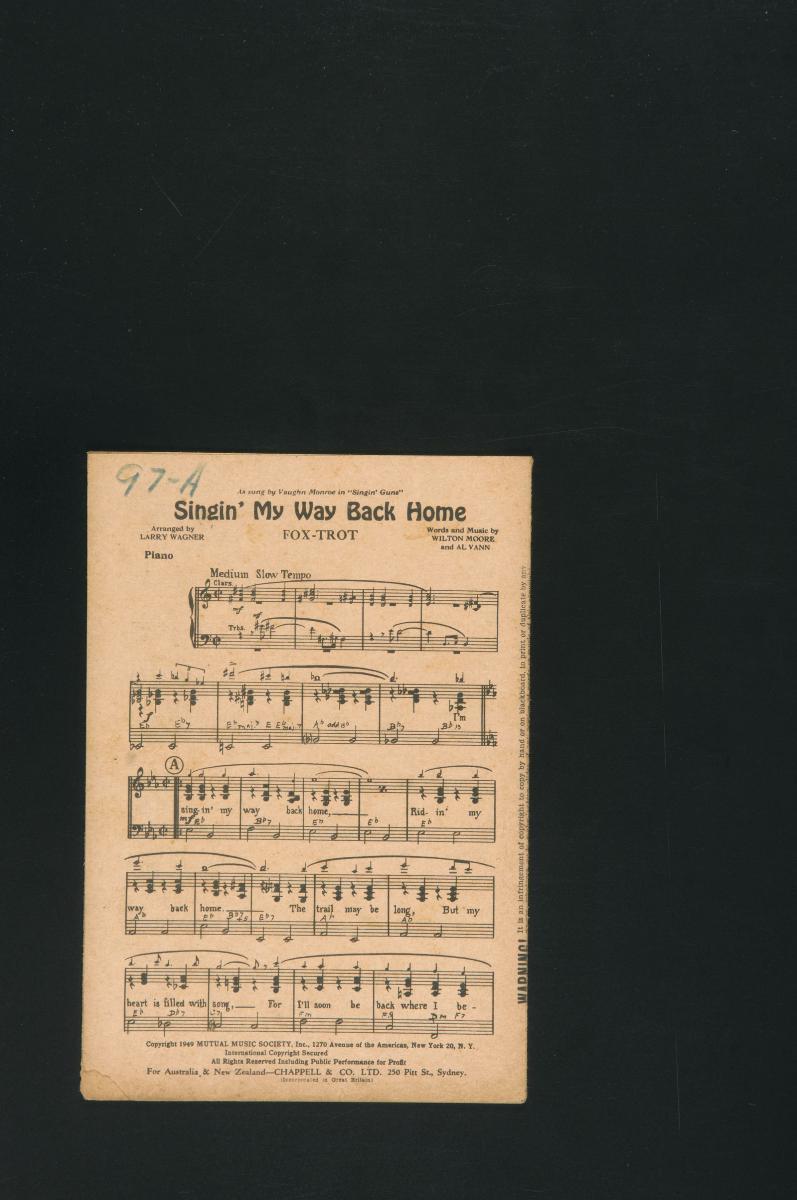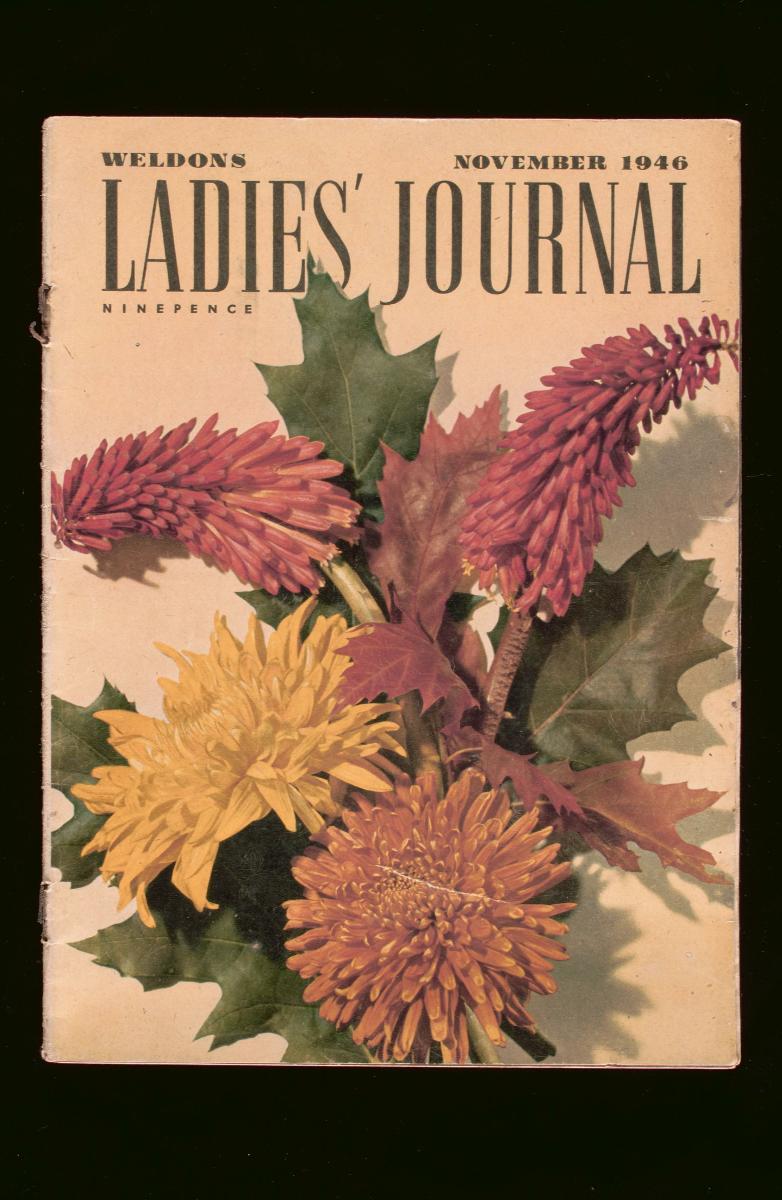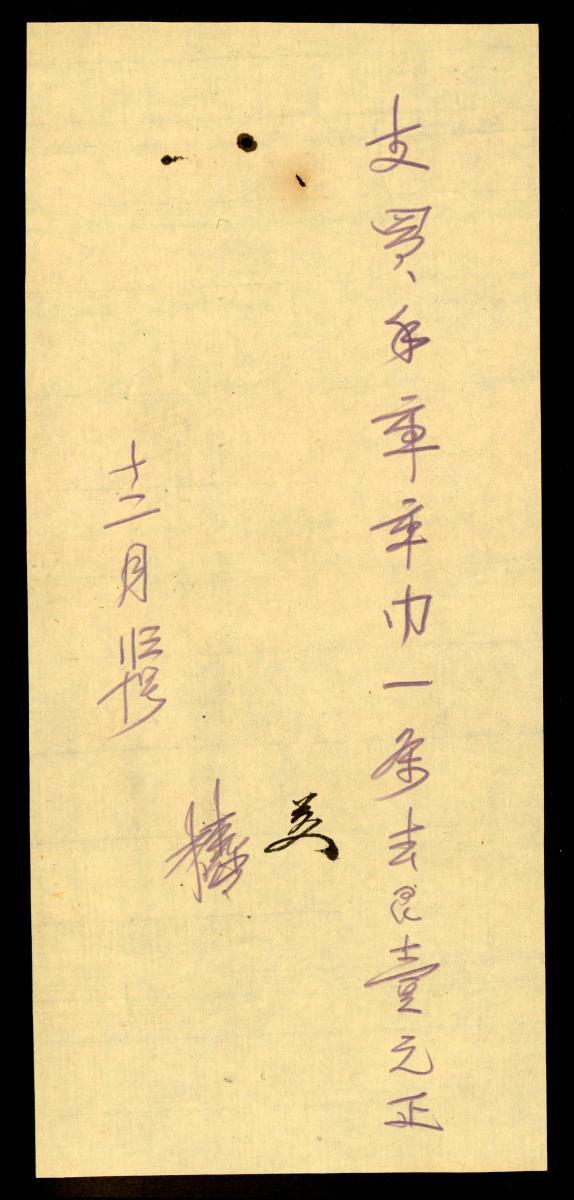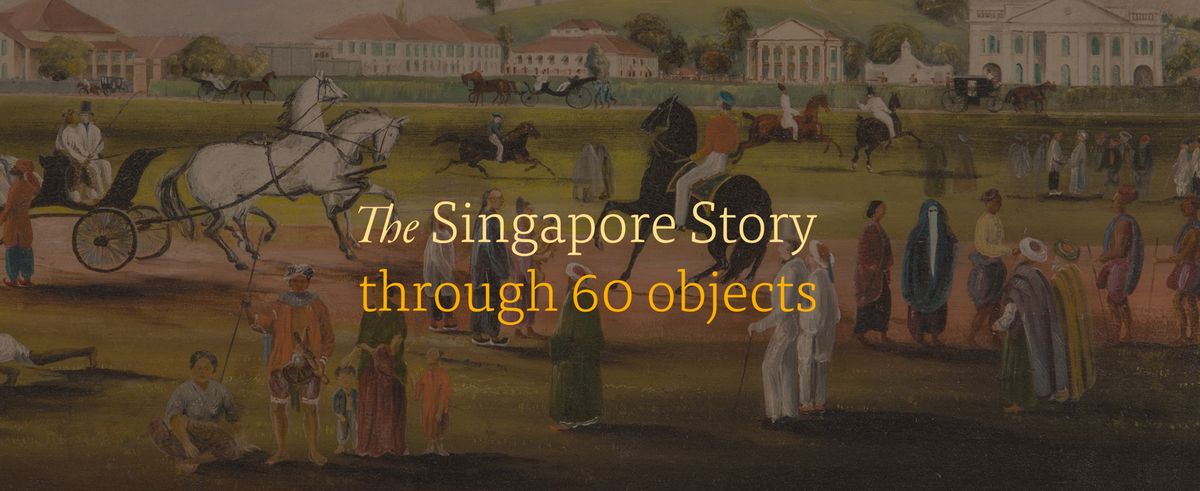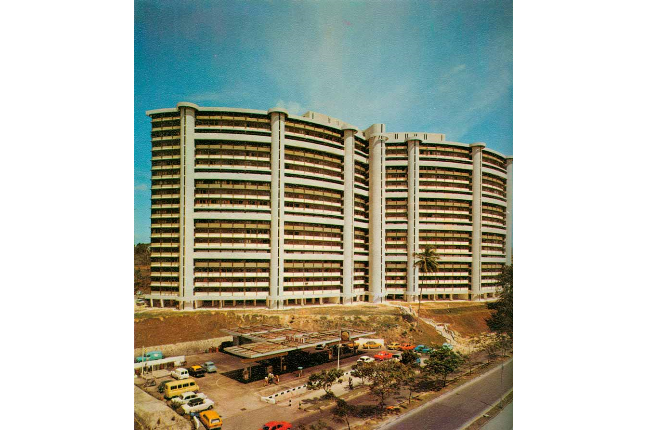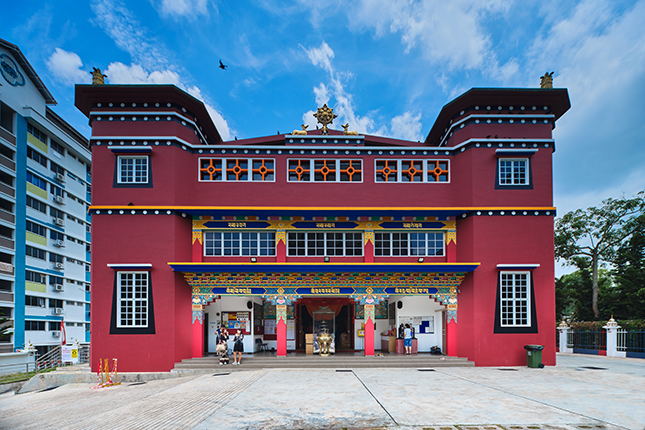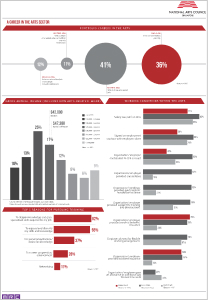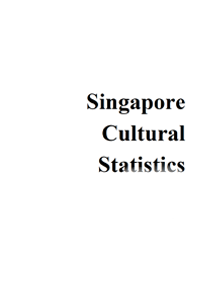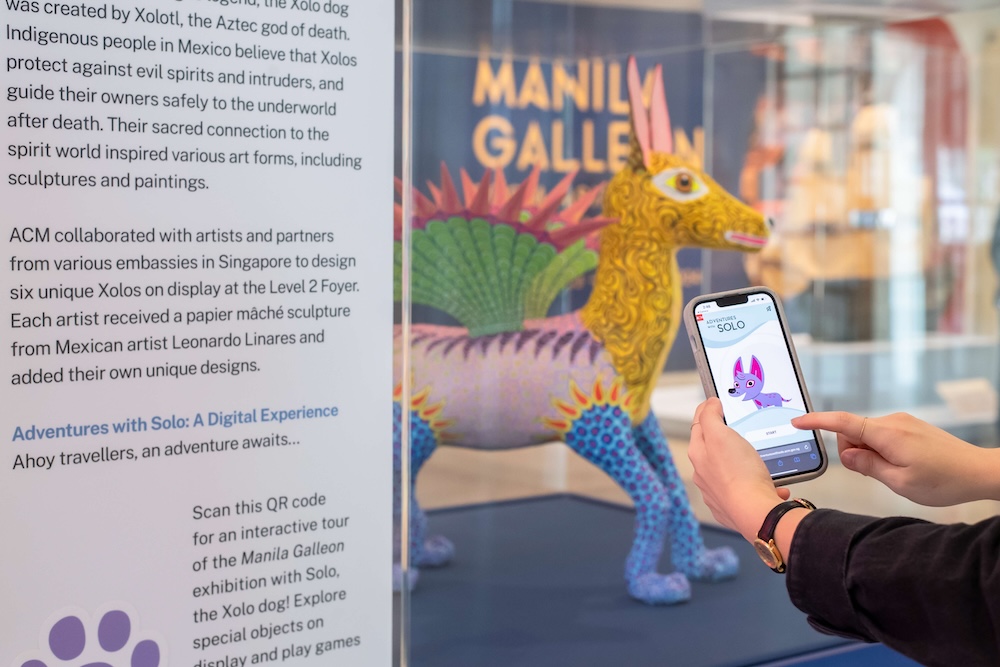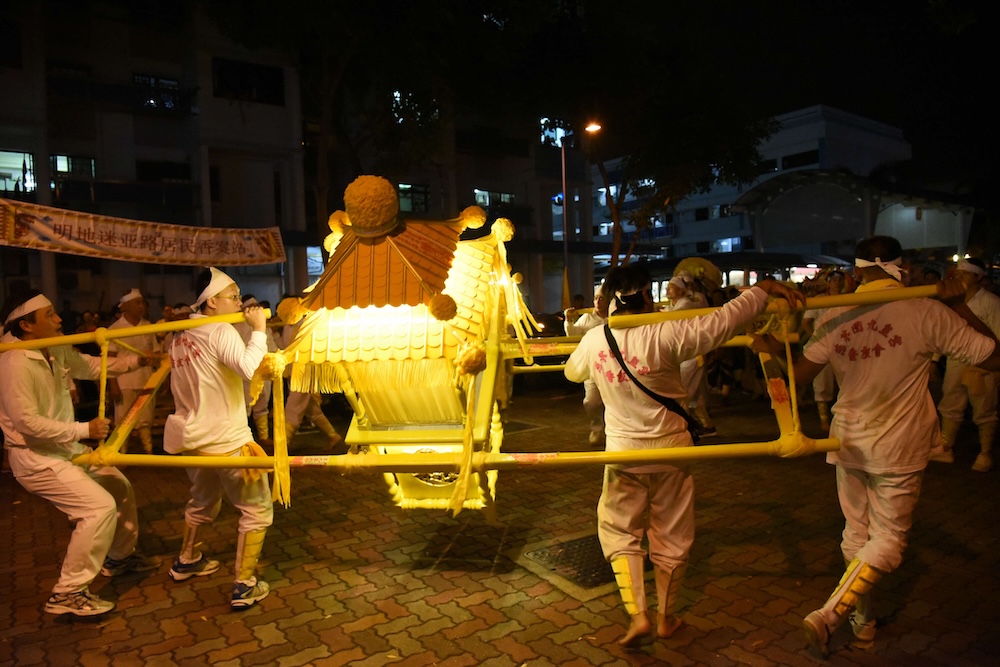Introduced in the 1620s, the fumi-e (“pictures to trample”) ceremony involved having suspected Japanese Christians commit apostasy by trampling on a devotional image of Christ or the Virgin Mary. The ceremony was incorporated as part of New Year (Shogatsu) festivities, as noted by the presence of special altars known as toshidana (“year shelf”) in the painting. Executed in the style of the Nagasaki school during the Sakoku period, this painting represents a unique blend of Japanese, Chinese, and Western artistic traditions, while also reflecting the lived realities of the social world produced by cross-cultural interactions between the three cultures.




